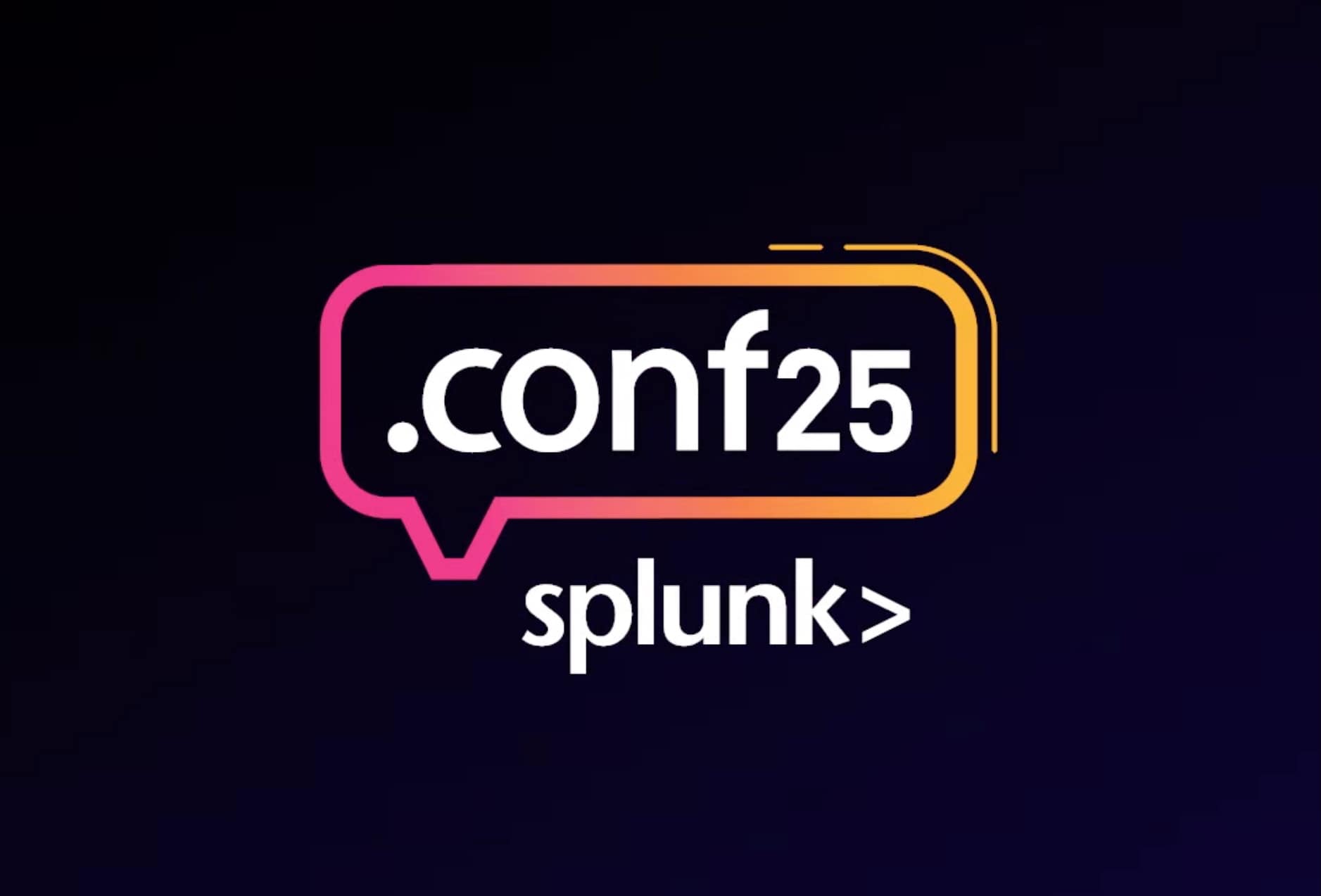.conf25: Reinventing Digital Resilience for the Agentic Era

The advent of agentic AI is arguably the defining technology movement of our lifetime. I have been fortunate to witness many technology cycles, but the recent pace of advancements in AI has a transformative power that is more profound than anything I have seen before. It is more critical than ever for organizations to keep up with these new AI opportunities, while also understanding the complexities that they bring. What drew me to Splunk — and, of course, Cisco — was the enormous potential to leverage the power of data to revolutionize the way we work in the agentic AI era.
 Digital operations, driven by software and running through networks, are at the core of almost everything we do—the complex and continuous activities that keep businesses, governments, and services running without interruptions. Agentic AI is increasingly powering these operations. Machine data — the logs, metrics, traces, and events generated by every system, device, and interaction — is the essential fuel that enables the effectiveness of these agentic systems. Machine data has always been critical for maintaining safe, reliable, and performant operations; however, it is now more vital than ever in the era of AI.
Digital operations, driven by software and running through networks, are at the core of almost everything we do—the complex and continuous activities that keep businesses, governments, and services running without interruptions. Agentic AI is increasingly powering these operations. Machine data — the logs, metrics, traces, and events generated by every system, device, and interaction — is the essential fuel that enables the effectiveness of these agentic systems. Machine data has always been critical for maintaining safe, reliable, and performant operations; however, it is now more vital than ever in the era of AI.
The problem is that most organizations are drowning in all that data, yet they are starved for insight. They are making hundreds or thousands of critical decisions each day to run their digital operations without full context—and without full context, even the richest machine data is just noise. This results in operational blind spots and inefficiencies between systems and teams. In the era of agentic AI, this problem is vastly compounded as environments grow even more complex with new AI operations and technologies. Agentic AI will accelerate the speed of every action and reaction—in good ways for organizations to take preemptive steps, but also in bad ways as threat actors use it to attack them.
The Agentic AI Era Demands Resilience
Solving these challenges to ensure digital resilience for organizations is why I came to Splunk. The solution requires three key components:
- Data at scale, unified and contextual
- Agentic AI for autonomous, cross-domain analysis, reasoning, and action
- Interoperability to break down silos
Data at Scale, Unified and Contextual
The synergies between Splunk and Cisco for delivering the value of data at scale, unified and with context for customers, cannot be found anywhere else. Much of the world’s machine data runs through Cisco networks, bringing unmatched visibility from infrastructure telemetry across networks, security, and applications, with the reach needed to connect the entire digital economy. Splunk is a market-leading data platform that processes petabytes of machine data every day. Splunk offers unmatched capabilities to access, normalize, and correlate machine data, turning fragmented data silos into a unified, real-time view with context for actionable insights at a massive scale.
Agentic AI for Autonomous, Cross-Domain Analysis, Reasoning and Action
In terms of agentic AI, this is where Cisco and Splunk will shine by infusing agentic ability to autonomously reason, adapt, and act to supercharge our product portfolio and also create new solutions.
We have been working to revolutionize Splunk’s data platform with AI-native capabilities to manage the entire machine data life cycle from visibility to insight. We are laying the foundation for agentic SOC, observability, and network assurance, all while providing important guardrails to help improve AI application stack security, compliance and performance. The power of AI will ultimately come from your data, and we’re working fast to make it even easier for you to use your data to customize AI for your business.
Interoperability to Break Down Silos
Breaking down silos with interoperability and extensibility is table stakes. This is core to Splunk’s DNA—from REST APIs and SDKs, federation across other data sources and hybrid environments, to supporting open standards like OTel (Open Telemetry) and OCSF (Open Cybersecurity Schema Framework). We are adopting emerging open AI standards, like Model Context Protocol (MCP), A2A, and others, to allow for easier connections between agents and the Splunk platform. Related to this, we recently announced the release of MCP server for Splunk Cloud Platform—look for more to come in this area. Interoperability is crucial for gaining complete data insights to close blind spots and improving productivity by automating process workflows.
Let’s not forget this is a human revolution, too. Agentic AI should act as an assistant to surface insights, automate routine actions, and allow analysts and engineers to focus on higher-value work. Human-in-the-loop (humans added into the AI workflow) and human-on-the-loop (humans managing agents) frameworks help ensure that AI-driven actions are always guided by organizational context, values, and policies.
When you take into account how Splunk and Cisco can deliver the combination of these three elements, the result is the new foundation for an AI-native Splunk!
Together, Cisco and Splunk deliver the data foundation, agentic intelligence, and cross-domain insights needed to build a more secure, resilient, and always-on digital enterprise. By turning siloed machine data into actionable intelligence, organizations can embrace the promise of AI—empowering teams, delighting customers, and driving innovation at scale.
Come learn more at .conf25, Splunk’s annual user conference held this year in Boston, Sept. 8-11. Please join me and Jeetu Patel, Cisco chief product officer, as we unveil some of the most consequential innovations in Splunk’s history. While we design the next generation of products, we always keep our customers and their challenges top of mind. We look forward to sharing our insights, demonstrating new products, and celebrating our customers together at .conf25. I hope to see you in Boston!
Related Articles
About Splunk
The world’s leading organizations rely on Splunk, a Cisco company, to continuously strengthen digital resilience with our unified security and observability platform, powered by industry-leading AI.
Our customers trust Splunk’s award-winning security and observability solutions to secure and improve the reliability of their complex digital environments, at any scale.


